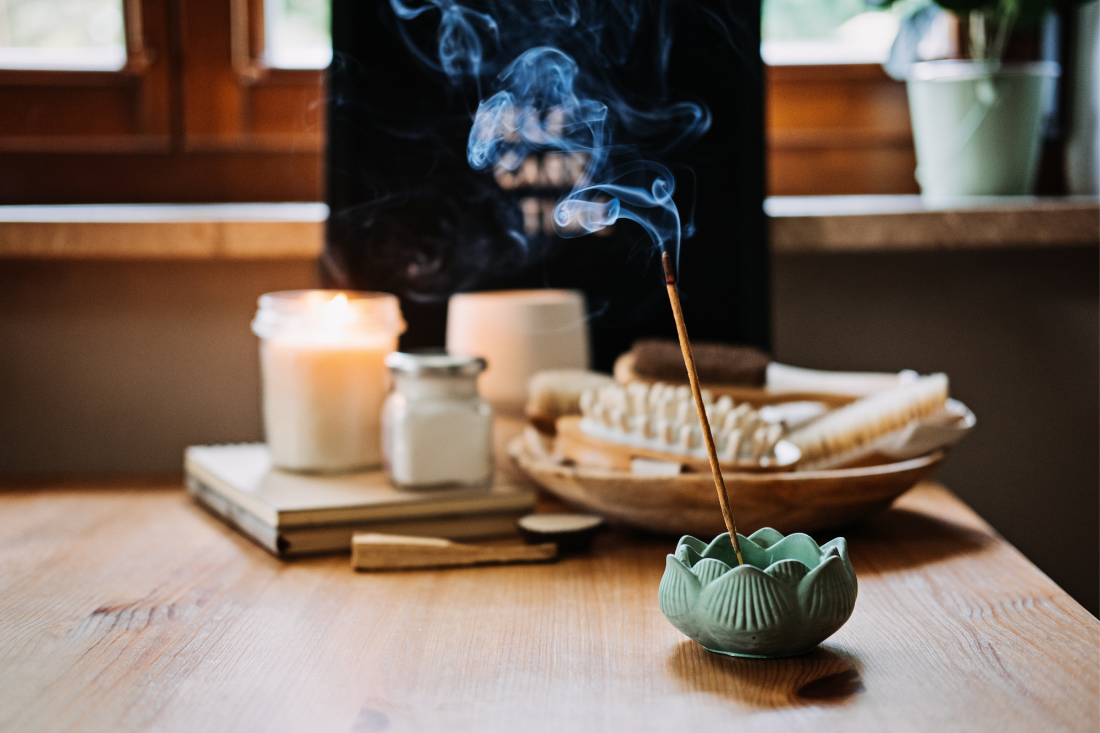Twice a year, most of us experience the semi-annual ritual of adjusting our clocks as we transition between Daylight Saving Time (DST) and Standard Time. While this practice may seem minor, it can disrupt our sleep patterns and daily routines. To make the transition smoother and minimise the grogginess and confusion that can accompany it, it's essential to prepare for the time change. In this blog post, we'll explore some practical steps you can take to help you adjust more easily.
Create a Bedtime Routine
Establishing a consistent bedtime routine can signal to your body that it's time to wind down. Whether it's reading a book, taking a warm bath, or listening to soothing music, find activities that help you relax before sleep.
Embrace Cooler Nights
As the weather cools down in autumn, take advantage of the natural drop in temperature to create a comfortable sleeping environment. Keep your bedroom cool and well-ventilated to encourage restful sleep, and consider investing in bedding or mattresses with temperature-regulating technology for added comfort.
Exercise Regularly
Regular physical activity can improve sleep quality. Engage in moderate exercise during the day, but try to avoid vigorous workouts close to bedtime, as they can have a stimulating effect.
Relaxation Techniques
Consider incorporating relaxation techniques into your bedtime routine, such as deep breathing exercises, meditation, or gentle stretching. These practices can help calm your mind and prepare your body for sleep.
Adjust Your Meal Times
Eating heavy or spicy meals close to bedtime can disrupt your sleep. Try to have dinner at least a few hours before you plan to go to bed. If you need a snack, opt for something light and easy to digest.
Reduce Screen Time Before Bed
The blue light emitted by electronic devices can interfere with the production of melatonin, a hormone that regulates sleep-wake cycles. Limit your exposure to screens, including smartphones, tablets, and computers, in the hour leading up to bedtime to promote better sleep quality.
Limit Your Caffeine Intake
Cutting back on caffeine, especially in the hours leading up to bedtime, can significantly improve your ability to fall asleep and stay asleep. Consider setting a cutoff time for caffeinated beverages, ideally around lunchtime, to give your body ample time to metabolise the caffeine before bedtime.
The transition from Daylight Saving Time can disrupt our sleep patterns and daily routines, but with some preparation and mindfulness, you can minimise its impact. By gradually adjusting your sleep schedule, optimising your sleep environment, and adopting healthy sleep habits, you can make the time change a smoother and more manageable experience. Remember, consistency is key, so stick to your new routine, and soon, you'll be fully adjusted and ready to enjoy the longer nights of autumn and winter.







